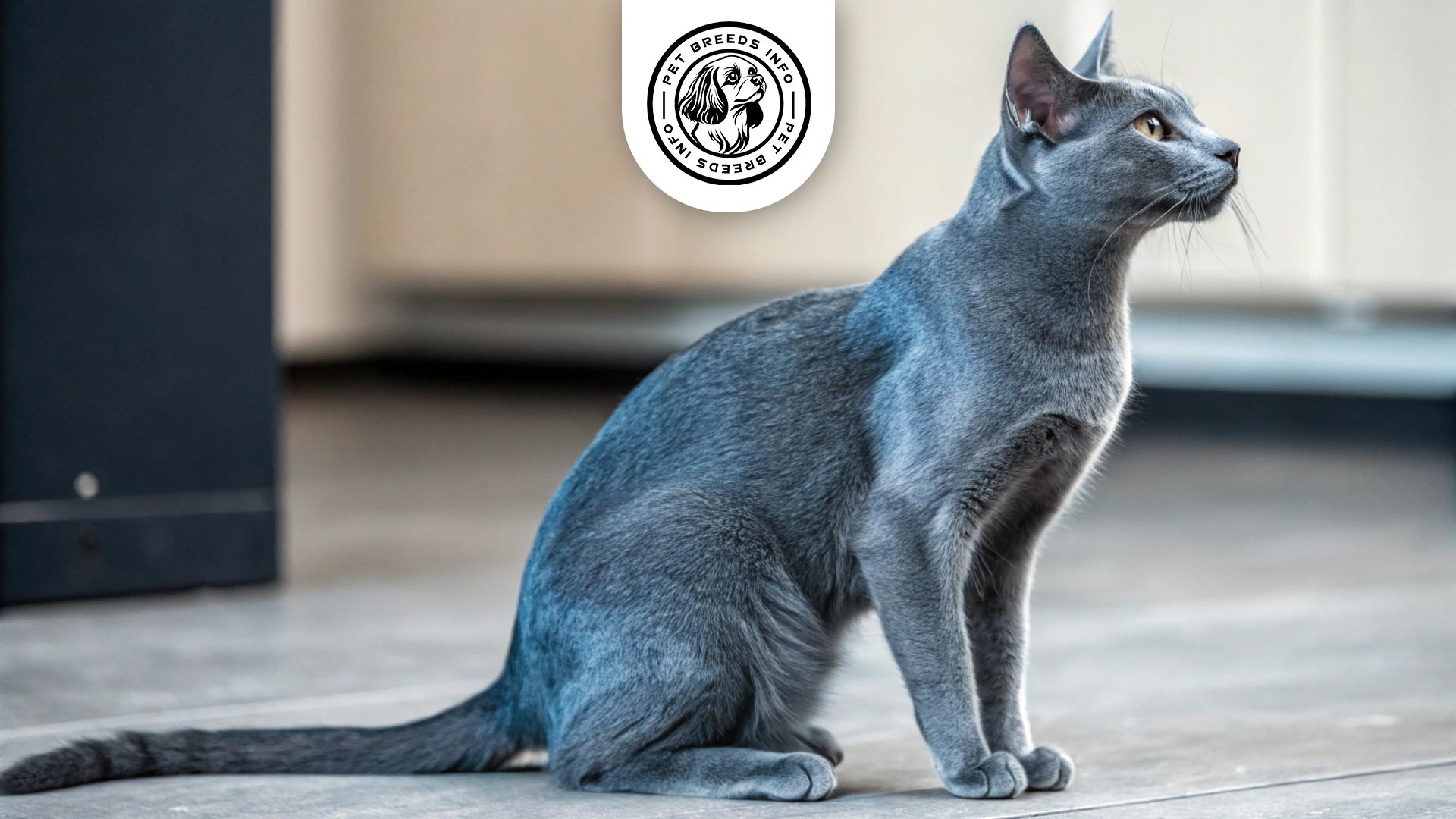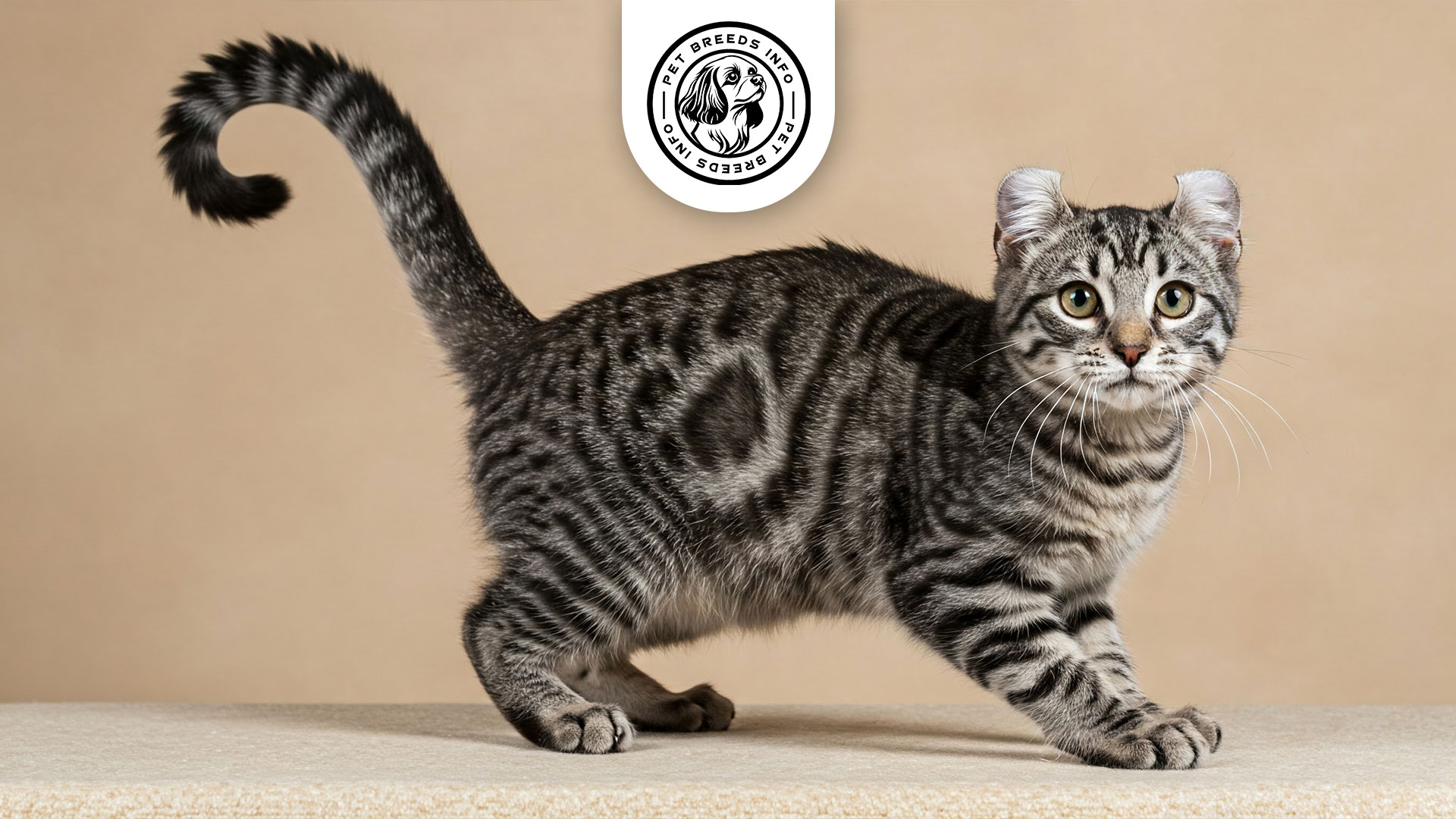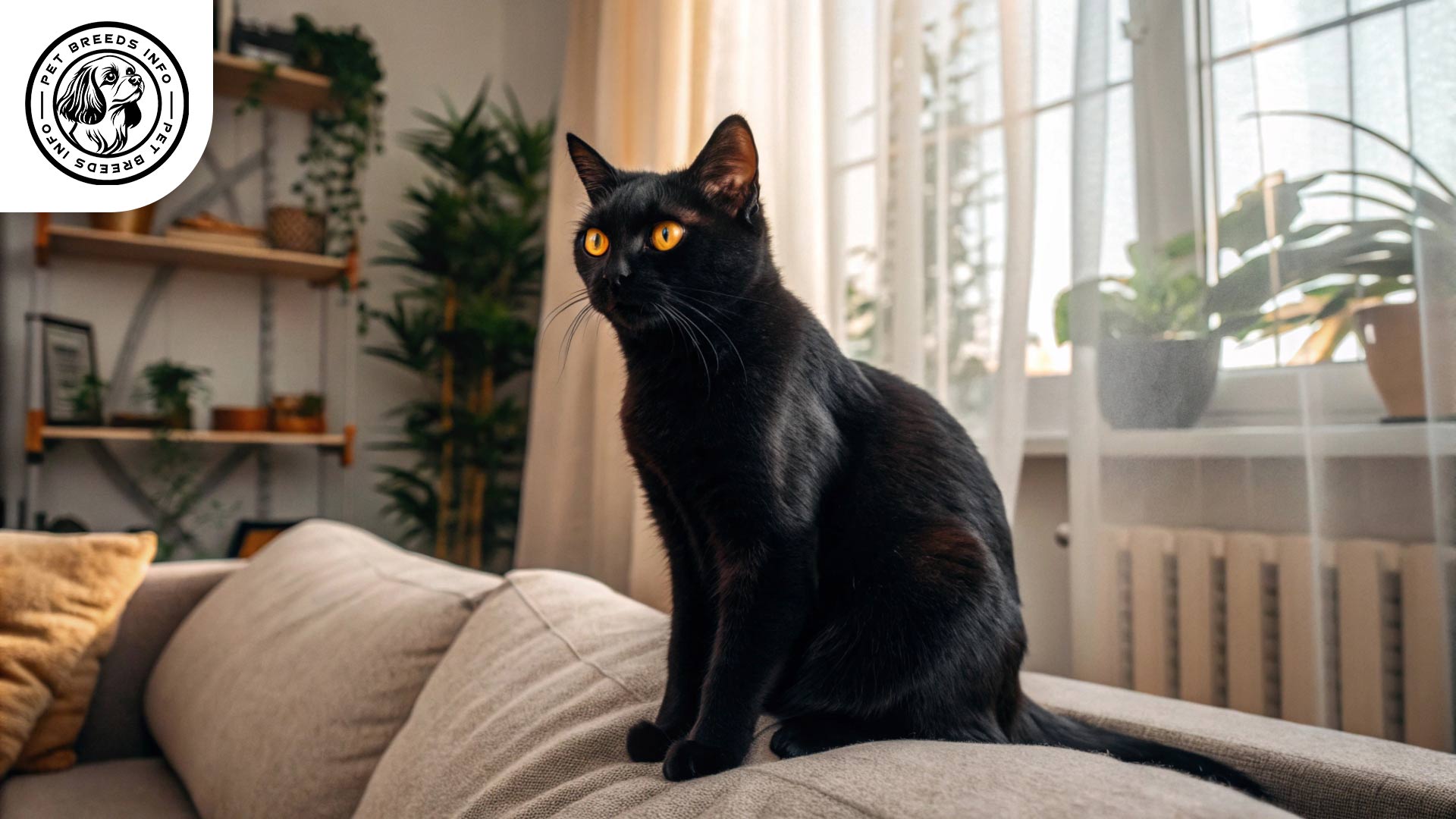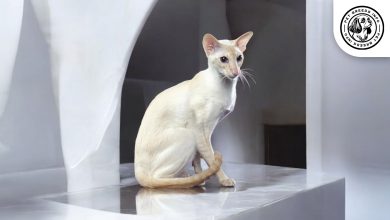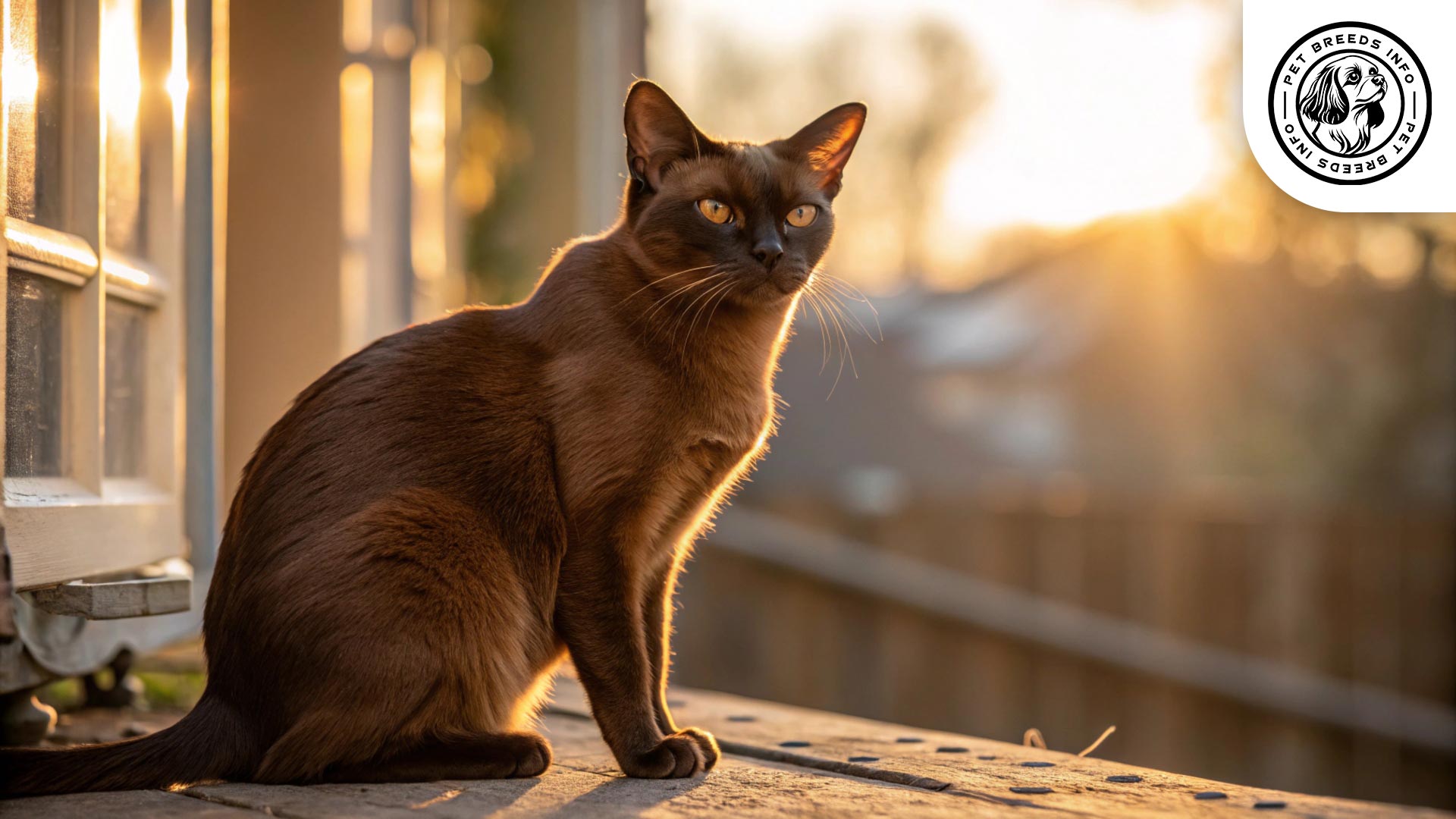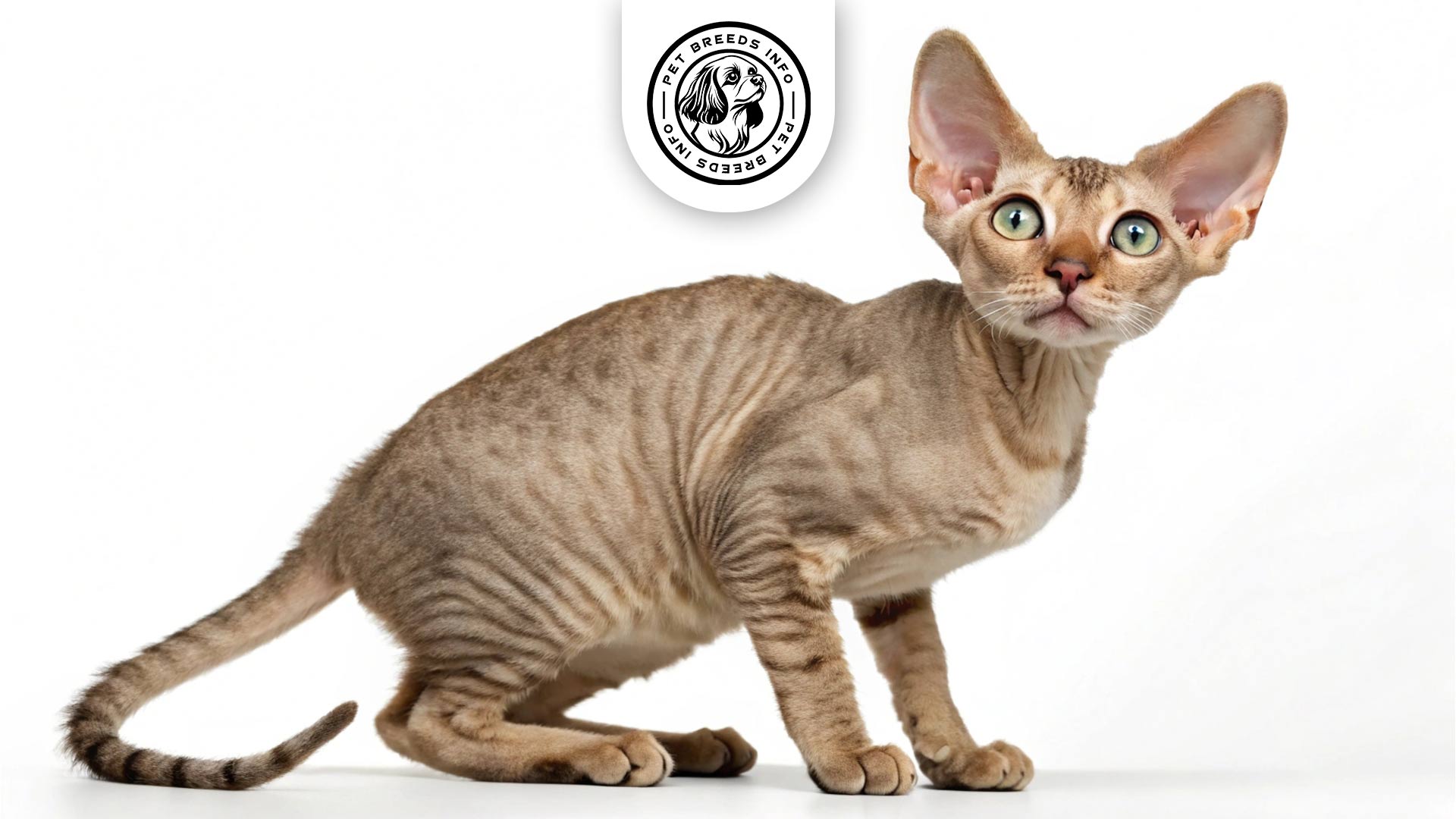Russian Blue Cat Breed: Size, Health, Price, Personality
General Introduction of the Breed
The Russian Blue is a majestic and elegant cat breed known for its striking blue-gray coat and brilliant green eyes. In Russian, it is often referred to as “Русская голубая кошка” (Russkaya golubaya koshka). This breed is believed to have originated in Russia, specifically in the port city of Arkhangelsk, and later gained popularity in Europe and the United States.
Legends suggest that the Russian Blue was a favored pet of Russian nobility before being introduced to England in the 1800s. Over the years, selective breeding has refined their appearance and personality, making them a sought-after companion cat worldwide.
Table of Contents
| Weight | Males: 10-12 pounds (4.5-5.5 kg) Females: 7-10 pounds (3-4.5 kg) |
| Lifespan | 15-20 years |
| Diet | High-quality dry or wet food; balanced raw or homemade diet (if properly formulated); small meals 2-3 times a day; avoid toxic foods. |
| Care | Moderate activity needs; daily play sessions; interactive toys; adaptable to apartment living; weekly brushing; occasional bathing; regular nail trimming and ear cleaning; dental hygiene. |
| Health | Generally healthy breed; prone to obesity if overfed; no specific breed-related vulnerabilities; regular veterinary check-ups, vaccinations, deworming, and preventive care are necessary. |
| Color | Silver-blue (due to silver-tipped fur) |
| Nature | Highly intelligent; quick learners; moderate energy level; affectionate with owners; reserved around strangers; good with well-behaved children and other pets (with time); sensitive to environmental changes. |
| Price | $800 to $2,500 (from a reputable breeder, depending on pedigree and quality) |
Physical Characteristics
Russian Blue cats are medium-sized, with males typically weighing between 10-12 pounds (4.5-5.5 kg) and females around 7-10 pounds (3-4.5 kg). They have a sleek, muscular build with an overall graceful appearance.
The most distinctive feature of the Russian Blue is its short, dense, and plush double coat, which appears silver-blue due to its unique silver-tipped fur.
They have large, almond-shaped green eyes that create a mesmerizing contrast against their blue-gray fur. Their ears are large, pointed, and set high on the head, giving them a keen and alert expression.
The Russian Blue has a long, tapering tail and fine-boned legs with small, oval paws. Their unique coat texture gives them a velvety feel, making them one of the most luxurious feline breeds.

Read More: Ragdoll Cat
Personality and Temperament
Russian Blues are highly intelligent cats known for their quick learning abilities. They can easily adapt to training and enjoy problem-solving activities.
This breed has a moderate energy level, requiring daily play to stay stimulated and happy. While they are not overly hyperactive, they do appreciate interactive toys and climbing structures.
They form strong bonds with their owners and can be affectionate, though they also appreciate their personal space. While loyal, they tend to be reserved around strangers.
Russian Blues do well in households with well-behaved children and other pets, but they may initially be cautious and shy. Given time, they usually form harmonious relationships.
They retain their natural hunting instincts, often enjoying games that mimic hunting and stalking behavior.
These cats are sensitive to environmental changes and can become stressed if subjected to loud or chaotic conditions.
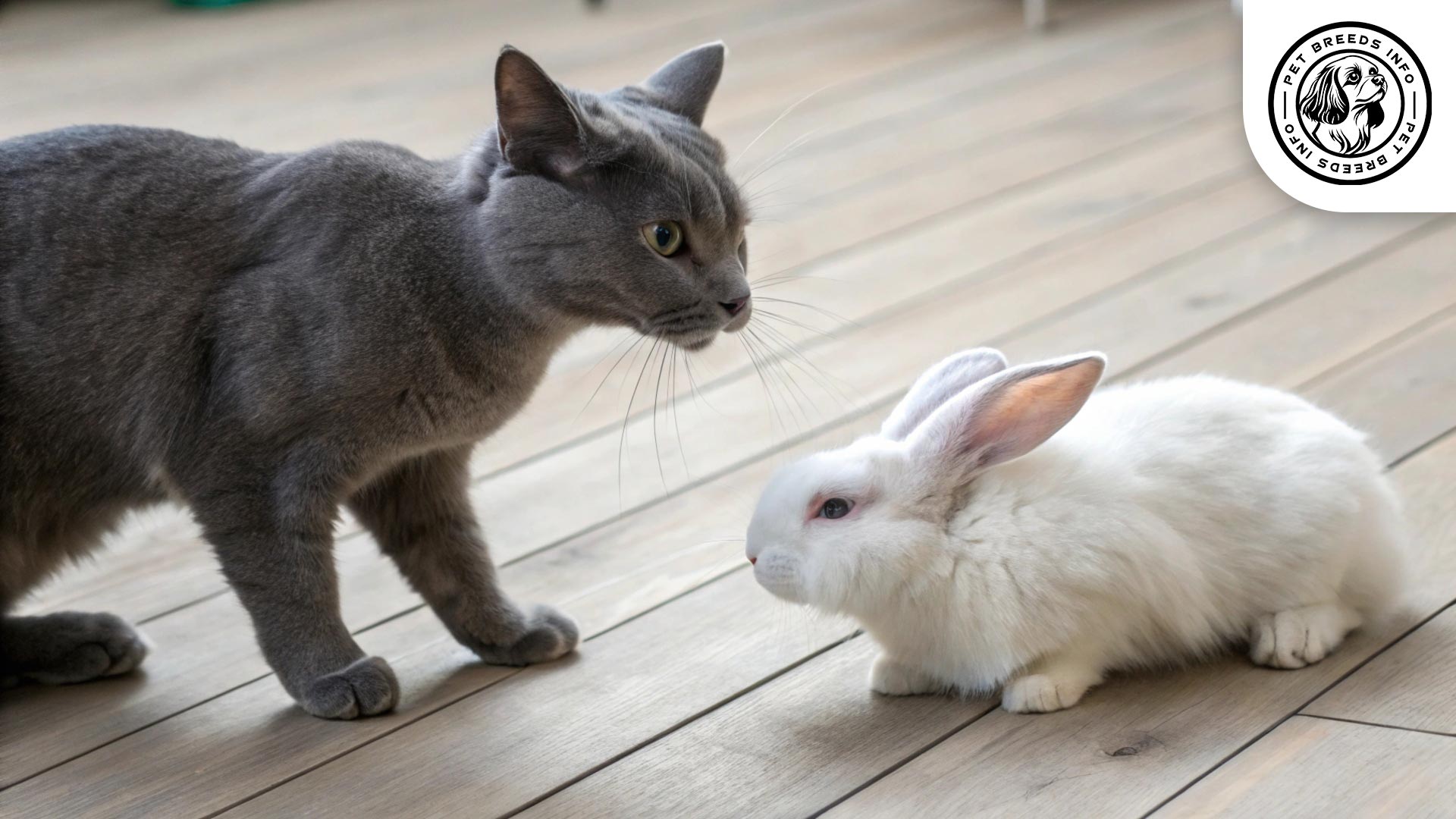
Care and Maintenance Requirements
The Russian Blue has moderate activity needs and benefits from daily play sessions and interactive toys.
They are highly adaptable to apartment living as long as they have enough space to climb and explore.
Grooming is minimal since their dense coat does not shed excessively. Weekly brushing is usually sufficient to maintain its sleek and healthy appearance.
They tolerate colder climates well but may be sensitive to extreme heat due to their dense fur.
Routine hygiene care includes occasional bathing, regular nail trimming, and ear cleaning. Dental hygiene should also be maintained with brushing or dental treats.
Diet and Nutrition
High-quality dry or wet food is suitable for Russian Blues, though they also benefit from a balanced raw or homemade diet if properly formulated.
They do not have breed-specific dietary restrictions but should avoid excessive carbohydrates or low-quality fillers.
Toxic foods such as onions, garlic, chocolate, and caffeine should always be avoided.
Their portion sizes should be appropriately managed to prevent obesity. Feeding small meals 2-3 times a day is ideal.
Health and Common Medical Issues
Russian Blues are generally a healthy breed with few genetic health problems. However, they may be prone to obesity if overfed.
They have no specific breed-related vulnerabilities but should receive regular veterinary check-ups to monitor their overall health.
The average lifespan of a Russian Blue is between 15-20 years.
Regular vaccinations, deworming, and preventive veterinary care are necessary to keep them in good health.
Read More: Sphynx Cat
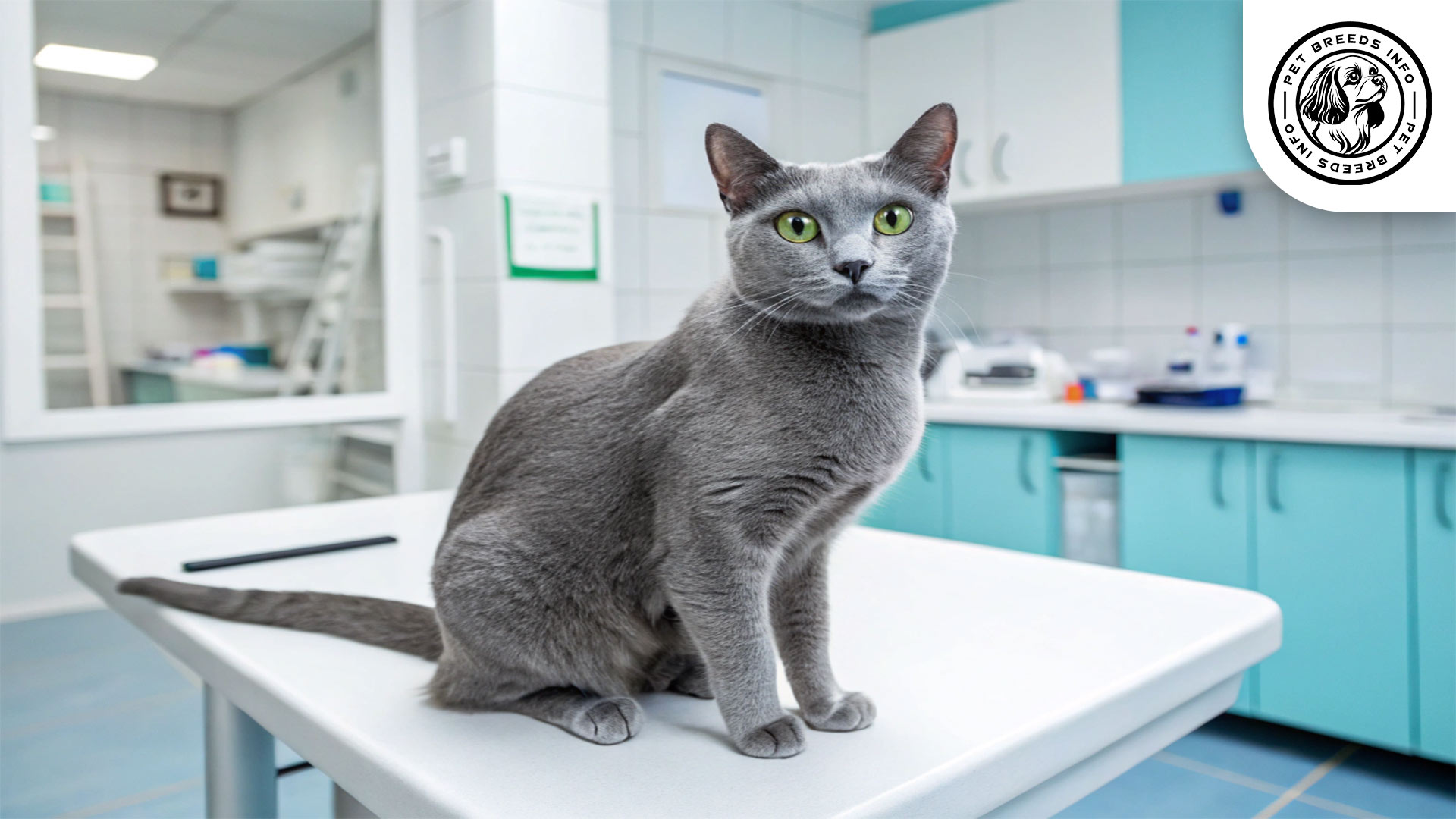
Training and Behavior Management
This breed is intelligent and relatively easy to train, responding well to positive reinforcement.
Early socialization is essential to make them more confident and comfortable around people.
They can be trained using interactive play, treats, and clicker training techniques.
Using gentle discipline and rewards helps reinforce good behavior, as they are sensitive and respond poorly to harsh punishment.
Interaction with Other Animals and Humans
Russian Blues generally do well with children as long as they are treated with kindness and respect.
They can coexist peacefully with other pets, including cats and calm dogs, though they may initially be shy around new companions.
While they bond strongly with their owners, they are somewhat independent and do not require constant attention.
They are well-suited for both individuals and families who provide a stable and quiet home environment.
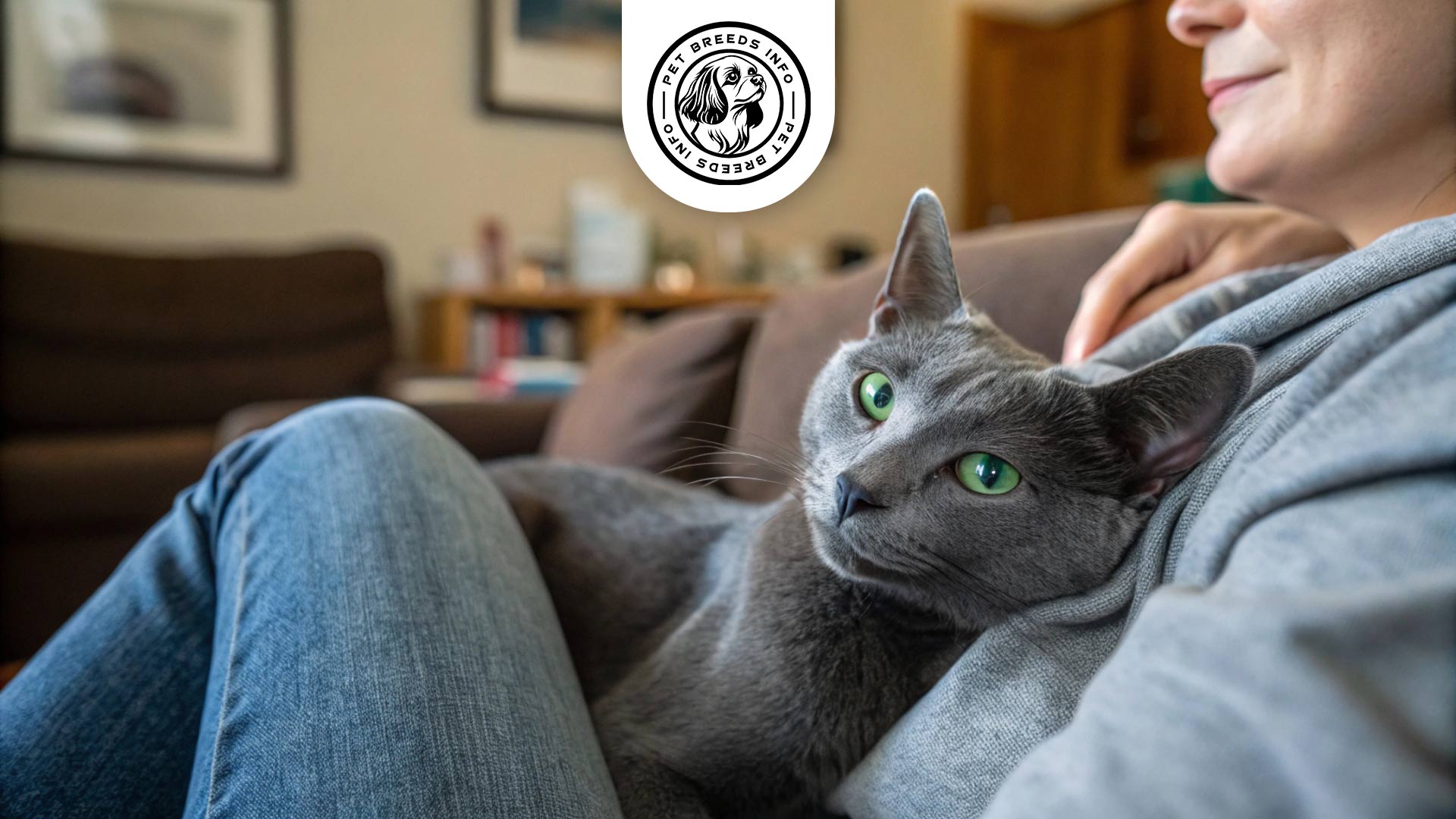
Price and Availability
The price of a Russian Blue kitten from a reputable breeder ranges from $800 to $2,500, depending on pedigree and quality.
Before purchasing, ensure that the breeder follows ethical breeding practices and provides health certificates.
Adoption from shelters or breed-specific rescues is a great alternative for those looking to provide a home to a Russian Blue in need.
Conclusion and Final Thoughts
The Russian Blue is an elegant, affectionate, and intelligent breed that makes a fantastic companion for the right owner.
They thrive in quiet, stable environments and are well-suited for families or individuals who can provide love, space, and mental stimulation.
Potential owners should consider their need for companionship while also respecting their independent nature.
With proper care, love, and attention, the Russian Blue can be a loyal and long-lasting feline friend.
Read More: Ragamuffin Cat
FAQ
What is the typical appearance of a Russian Blue cat?
Russian Blue cats are known for their striking appearance, featuring a short, dense, and plush double coat that appears silver-blue due to its unique silver-tipped fur. They have large, almond-shaped green eyes that create a beautiful contrast with their coat. They are medium-sized cats with a sleek, muscular build and a graceful overall appearance.
What is the personality and temperament of a Russian Blue cat?
Russian Blues are highly intelligent and known for their quick learning abilities. They are affectionate with their owners and form strong bonds, but they can be reserved around strangers. While they enjoy playing and have a moderate energy level, they also appreciate their personal space. They are generally good with well-behaved children and other pets, given time to adjust.
What are the basic care requirements for a Russian Blue cat?
Russian Blues have moderate activity needs and benefit from daily play. Their grooming needs are minimal, requiring only weekly brushing to maintain their coat. They are adaptable to apartment living as long as they have space to climb and explore. Routine care includes occasional bathing, regular nail trimming, ear cleaning, and maintaining dental hygiene.
Are Russian Blue cats known for shedding a lot?
Russian Blues have a short, dense double coat, but they are not considered to be excessive shedders. Weekly brushing is usually sufficient to maintain their sleek and healthy appearance and help control shedding. While all cats shed to some degree, the Russian Blue’s shedding is generally manageable compared to some other breeds.
